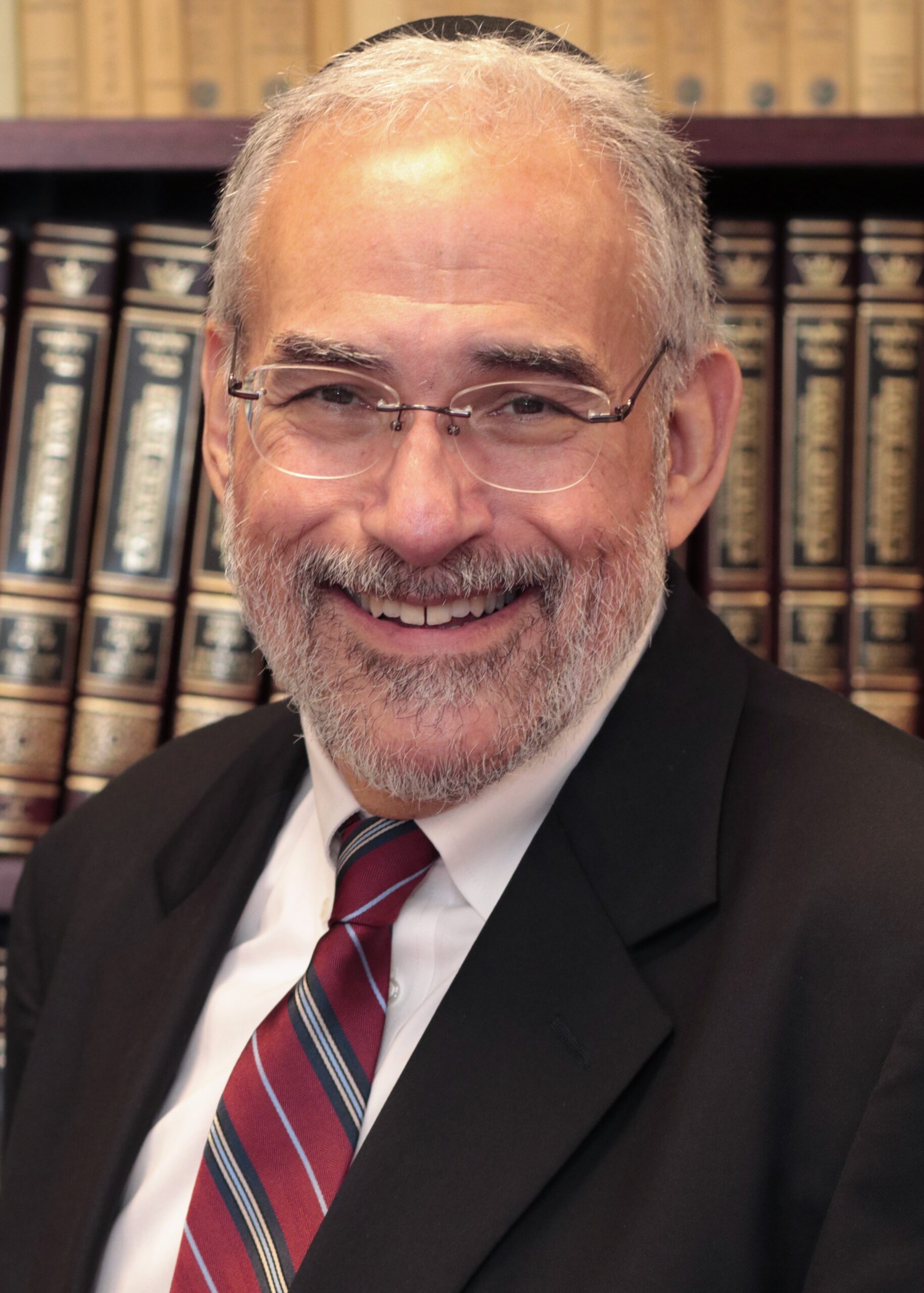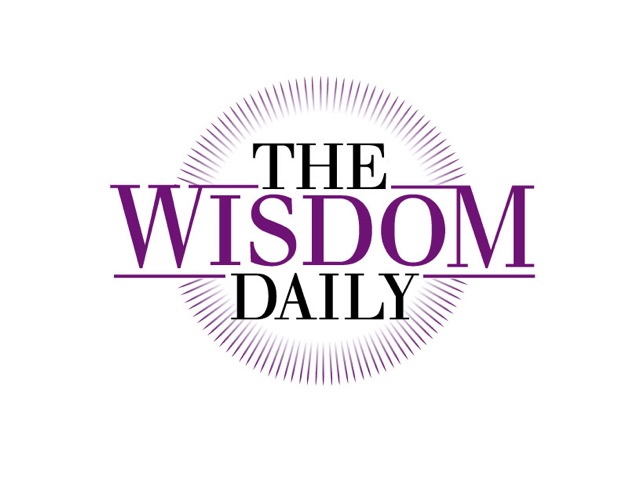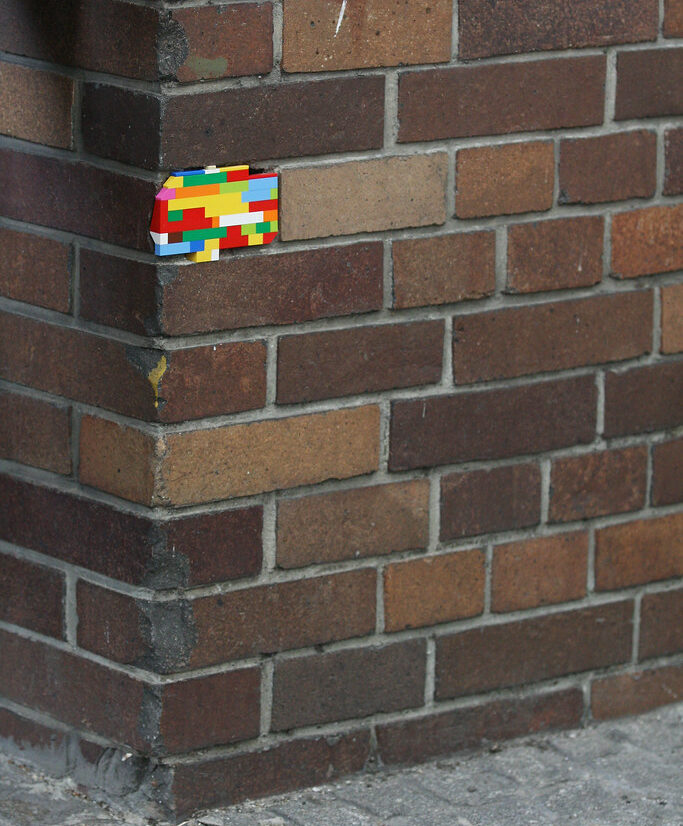Very few people in the circles which most of us travel would say they are opposed to Tikkun Olam, and yet that doesn’t get us very far in resolving the many competing claims and multiple calls we each receive, especially at this time of year, to participate in Tikkun Olam.
There are, by most any caring measure, infinite needs, and each of us has finite resources — be it time, talent, or treasure. What to do? To whom should we respond? To whom do we actually respond? How do we decide?
One way to think about this might be to ask a different sort of question from the ones that are usually proposed when we think about Tikkun Olam. Rather than trying to figure out which cause or issue is “most important,” “most urgent,” “most Jewish,” etc., we might ask ourselves which olam are we meant to be “metaken” — which world are we trying to repair?
You might be saying now, “But Brad, what do you mean by asking us which world? There is only one world, and especially on Rosh Hashanah which celebrates the creation of that world and birth of our shared human ancestors, how can you suggest anything less wholistic?”
I would respond that it is not my suggestion, but that of the sages in the Mishnah, in what has become one of the best-known teachings among contemporary Jews, and even in the larger world. In fact, as you read the words, I bet you will finish the quote in your head, even before your eyes finish the words.
“Whoever saves a single life, saves an entire world.” So teaches the Mishnah in Sanhedrin 4:5. And far from being rabbinic hyperbole, it is a profound claim about the infinite value of every human being — each one created in the image of God — as we celebrate with the birth of Adam and Chava, whose birthday is Rosh Hashanah.
Each person is an entire world — infinitely valuable, unique, and equal, each to the other. When we take this often-invoked teaching to heart, we open the door to asking ourselves which world or worlds do we want to heal.
Once we accept the fundamental truth that each person, let alone each community or cause, is a world unto itself — each with its own needs, integrity, and by some measure at least, equal importance — we can look beyond the usual questions we use to organize our efforts to make a difference in the world, and ask the only question that is always there for us to answer: which world do we want to heal. In fact, there is no wrong answer to that question, the only failure comes from not asking it and responding as best we can, given who we are.
As much as Tikkun Olam is about the world, it is at least as much about us. There is no one world to repair, there are billions of worlds to repair. And all the arguments about priorities, efficiencies, and measurable outcomes pretty much vanish in the face of whatever choices we make to have a positive impact in any one of those unique, equal, and infinitely valuable worlds we call people and communities.
From the places where we daven to the places where Torah is learned. From literacy programs to Riverdale’s own Friendly Fridge which feeds whoever cares to take from either of their two locations. From assuring the existence of a safe and secure State of Israel to securing voting access for all eligible voters here in the US.
These are all worlds we can choose to repair, once we set our eyes, our ears our hearts, and minds on them. and from the perspective of each of the respective residents of those discreet worlds, they are the whole world, in very real ways.
And if you crave a more halakhic approach, let me share one additional source from Bava Metzia 71a (among other places) — “The poor of your village take priority.” This invites us to ask, what counts as “our village?” Do poor non-Jews, living right here in our physical neighborhood, come before members of our extended Jewish families, living thousands of miles away? What if one group is more materially in need than the other? What happens if we are confident that others will address one set of needs but not the other?
Different authorities respond in different ways to these and related questions, but all of the answers reflect the answerers’ understanding of to whom they feel most proximate, most connected — that is, who they count as being in their respective villages. So once again, the answer is less about the one right answer and more about the one asking the question.
So I ask myself, and invite each of us to ask ourselves, who is in our villages and how are we prioritizing them? As with the issue of which worlds we choose to repair, the only wrong answer is that we live in our own private villages, so we need not give priority to anyone beyond ourselves and those who are just like us. Other than that, we really can’t get it wrong.
Ultimately, imagine what might happen were we to simply encourage ourselves and each other to ask, “Who really is in our village and which worlds do we want to repair?” knowing that in a world of infinite need, each answer is correct, and the only test we need to pass, is the extent to which are occupied with answering those questions.
We started out tending a single Garden 5,782 years ago, or millions of years before that, or both, depending upon how you count. Now the entire planet is our garden, and Rosh Hashanah is our chance to remember that we are all descended from the original gardeners — that we are here, each of one us, to tend our chosen plots as best we can. May God help us, and may we be blessed to help one another, to do so.
Published at Religious News Service, September 2, 2021

Listed for many years in Newsweek as one of America’s “50 Most Influential Rabbis” and recognized as one of our nation’s leading “Preachers and Teachers,” by Beliefnet.com, Rabbi Brad Hirschfield serves as the President of Clal–The National Jewish Center for Learning and Leadership, a training institute, think tank, and resource center nurturing religious and intellectual pluralism within the Jewish community, and the wider world, preparing people to meet the biggest challenges we face in our increasingly polarized world.
An ordained Orthodox rabbi who studied for his PhD and taught at The Jewish Theological Seminary, he has also taught the University of Pennsylvania, where he directs an ongoing seminar, and American Jewish University. Rabbi Brad regularly teaches and consults for the US Army and United States Department of Defense, religious organizations — Jewish and Christian — including United Seminary (Methodist), Yeshivat Chovevei Torah (Modern Orthodox) Luther Seminary (Lutheran), and The Jewish Theological Seminary (Conservative) — civic organizations including No Labels, Odyssey Impact, and The Aspen Institute, numerous Jewish Federations, and a variety of communal and family foundations.
Hirschfield is the author and editor of numerous books, including You Don’t Have To Be Wrong For Me To Be Right: Finding Faith Without Fanaticism, writes a column for Religion News Service, and appears regularly on TV and radio in outlets ranging from The Washington Post to Fox News Channel. He is also the founder of the Stand and See Fellowship, which brings hundreds of Christian religious leaders to Israel, preparing them to address the increasing polarization around Middle East issues — and really all currently polarizing issues at home and abroad — with six words, “It’s more complicated than we know.”

